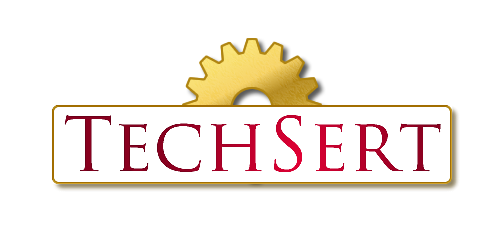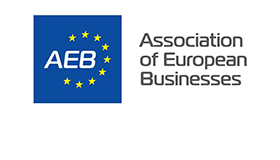Mandatory sample importation for EAC certifications

The years 2018 and 2019 have seen a long series of novelty for the EAC certification procedures in Russia.
Although since the appearance of the EAC certifications in 2011, most of the regulations and standards are managed by the institutions of the Eurasian Economic Union and subtracted from the direct control of its members (Russia, Kazakhstan, Belarus, Armenia and Kyrgyzstan), the member countries still retain the ability to outline control procedures on products, producers and certification bodies.
Therefore, whereas the regulations have not changed significantly, with the exception of the introduction of four new technical regulations EAC:
- TR CU 037/2016 On hazardous substances in electrical and electronic equipment,
- TR CU 041/2017 On safety of chemicals,
- TR CU 038/2016 On safety of attractions,
- TR CU 042/2017 On safety of children’s playgrounds;
and other minor changes to the certification schemes, relevant more for the EAC certification bodies, than for the public, very drastic differences with respect to the previous years, have been taken place on the side of control of EAC certifications and their issuance procedures.
The authorities of the Russian Federation, have detected a massive amount of infractions during the first few years of activity of the EAC certification system, a situation that has lead Rosakkreditatsiya (the main Russian agency charged with overseeing the EAC certification bodies) to shut down many EAC certification bodies and laboratories.
In order to rely on a more punctual control over the work of EAC certifications bodies and laboratories, the Rosakkreditatsiya in concert with the administration of the Russian Customs, have implemented a more strict system of documentation controls, especially oriented to imported goods.
The importers, at the Customs, other than the EAC declaration of conformity or the EAC certificate of conformity according to the applicable TR CU regulations, can be required to display the following documents proving the conformity of the product:
- According to the article 24 and 25 of the Federal Law N 184-F3 of 27/12/2002: the documents attesting the customs clearance of the samples necessary for the EAC certification procedure. It is furthermore mandatory that the samples had been imported before the date of issuance of the EAC certificate or declaration, and explicitly cleared as “Samples for certification”, any other import is not considered adequate.
- According to the decision of the Eurasian Economic Commission N 293 of the 25/12/2012 and the Federal Law N 184-F3 of 27/12/2002: the test protocol issued by a laboratory registered in one of the members of the Eurasian Economic Union, complying with the certification scheme applicable.
This situation implies that no EAC certification can be issued before a good produced outside the Eurasian Economic Union enters for the first time, as a sample, into the Union itself.
In order to import the samples it is necessary to:
- Enter into a contract with an accredited EAC certification like TechSert Group (TS Test)
- Prepare a request of EAC certification and deliver it to the aforementioned certification body
- Receive from the EAC certification body a letter proving the nature of “sample for EAC certification” of the product
- File the Customs Cargo Declaration (CCD or GTD in Russian) with the code 061 (goods imported as sample), procedure 4000 and classificator 01999 (for internal use on the base of a contract with an EAC certification body)
- Once the samples are inside the EAC Union, the certification body is able to issue the EAC declaration of conformity or the EAC certificate of conformity.
- The EAC certification is now correctly issued together with the test protocols and allows the production to be imported.
In case the certification is necessary for a single order and it is not suited for a preliminary samples delivery, a two phases clearance is going to be the most practical solution. The same item or items are going to be cleared the first time as samples, and a second time, while inside the Eurasian Union and after having received the EAC certification.


